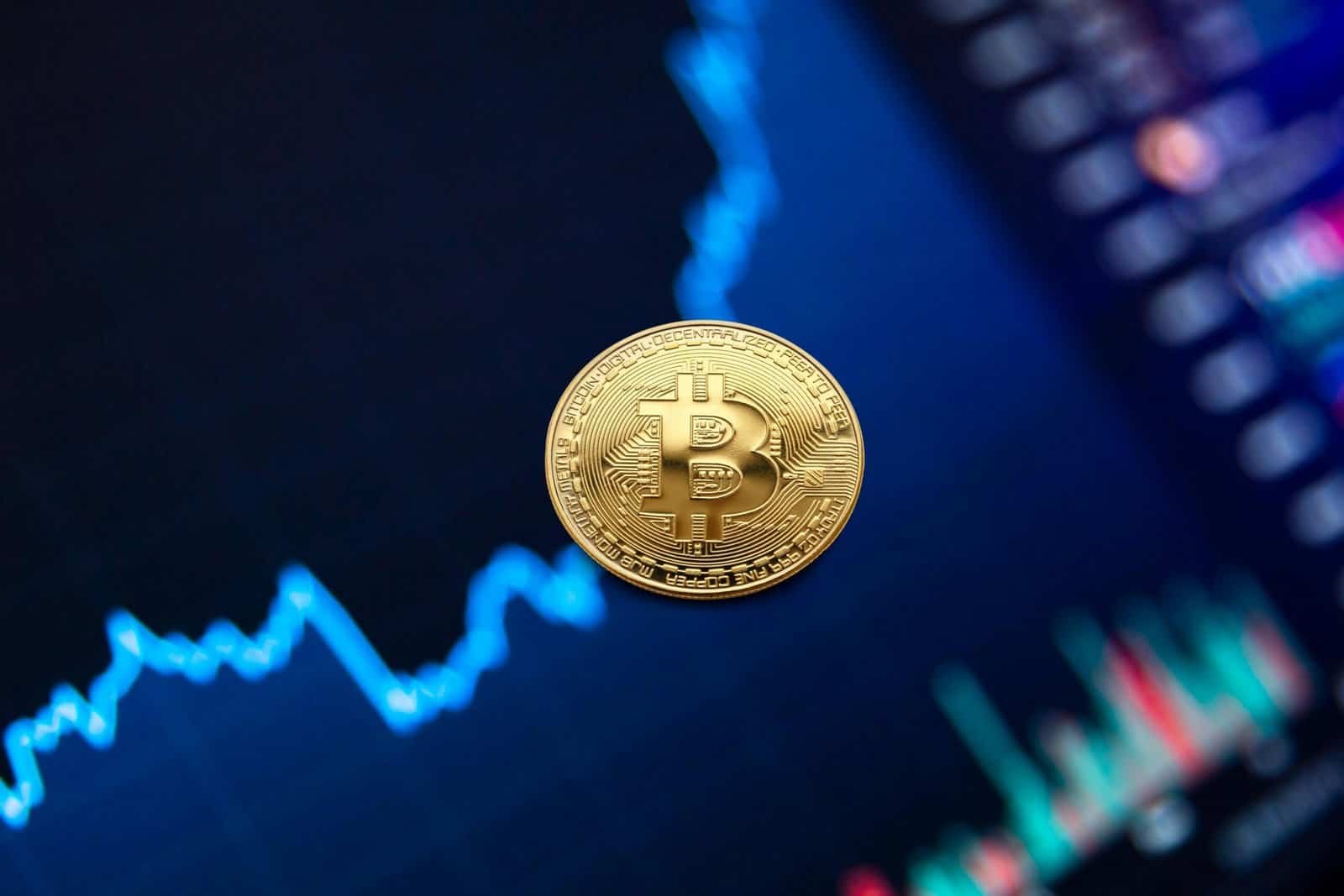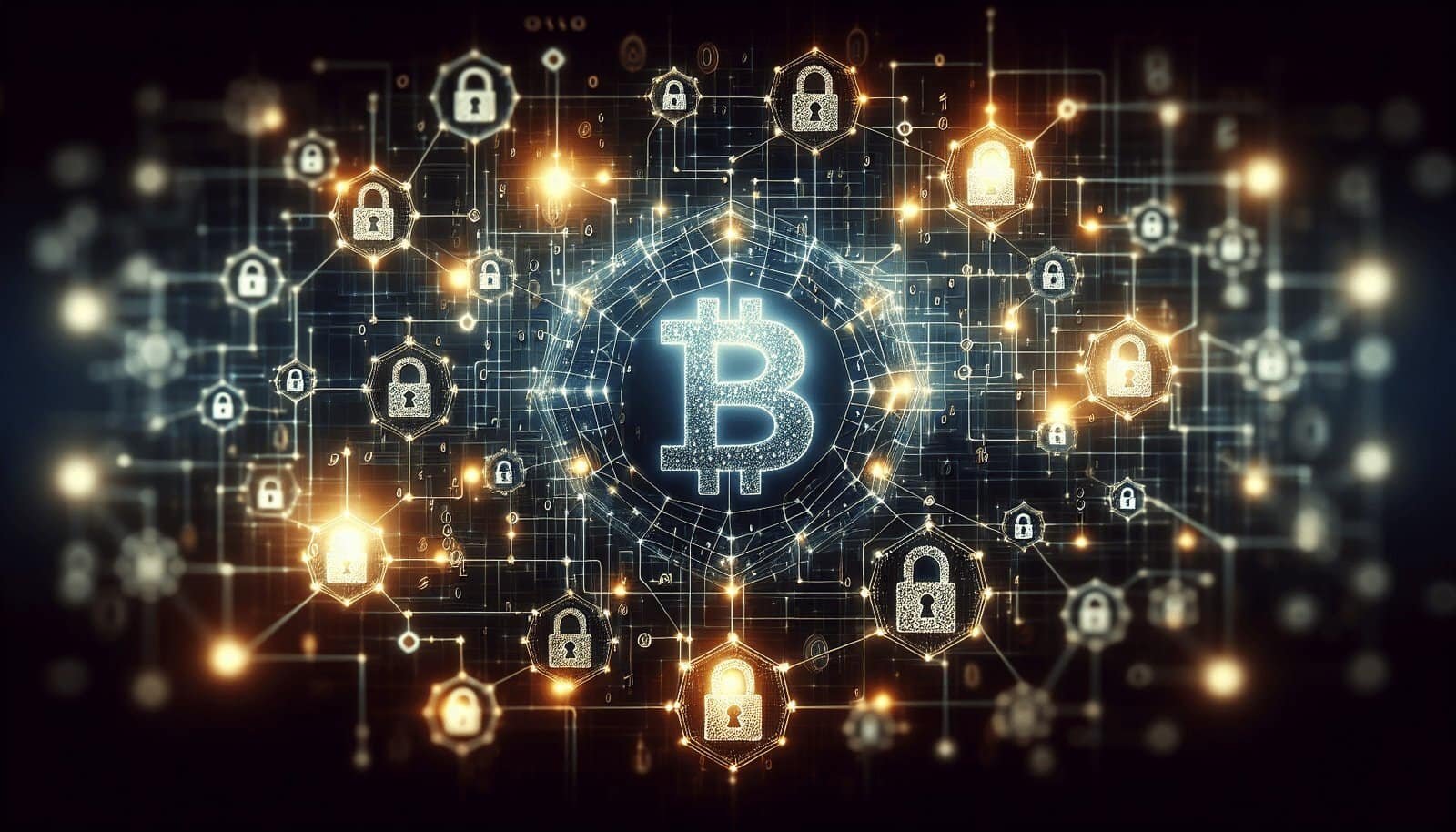Have you ever wondered how crypto transactions get verified? In the realm of digital currencies, the process of verifying transactions is a crucial aspect that ensures the security and integrity of the entire system. Without a trustworthy verification process, the whole idea of using cryptocurrency would fall apart, leaving transactions unsafe and unreliable.

Understanding the Basics of Crypto Transactions
Cryptocurrency transactions, unlike traditional banking transactions, do not involve a central authority like a bank or government. Instead, they rely on a decentralized network of computers called nodes. Each node has a record of every transaction that has ever taken place within the network. When you initiate a transaction, it gets broadcasted to this network of nodes, where it awaits validation.
What is a Blockchain?
At the core of any cryptocurrency transaction is the blockchain, a public digital ledger that records all transactions across a network. Think of it as a chain of blocks, where each block contains a collection of transactions that have been verified and permanently recorded. This allows cryptocurrency users to have complete transparency, as anyone can view the transaction history on the blockchain.
How Transactions Work in the Blockchain
Let’s break down how transactions work in the blockchain. When you make a transaction, it is bundled with other transactions into a block. This block needs to be verified and added to the existing chain to become a permanent part of the blockchain. Only then is the transaction considered complete. But how does this verification occur? This is where miners play a significant role.
The Role of Miners in Transaction Verification
Miners are essential in the verification process of crypto transactions. They are distributed participants who use their computing power to solve complex mathematical puzzles. This process is known as mining, and it is crucial for the security and maintenance of the blockchain network.
Proof of Work: The Backbone of Mining
The majority of cryptocurrencies, including Bitcoin, use a consensus mechanism known as Proof of Work (PoW). This involves miners competing to solve cryptographic puzzles. The first one to solve the puzzle gets the right to add a new block to the blockchain. As a reward, the successful miner receives a predetermined amount of cryptocurrency.
Why Is Mining Important?
Mining not only keeps the blockchain updated and secure but also prevents the same cryptocurrency from being spent twice. This issue, known as double-spending, is one of the significant challenges in digital currency, and mining serves as the solution.
Other Consensus Mechanisms
While Proof of Work is popular, it’s not the only consensus mechanism used in the crypto world. Over time, various other methods have been developed to enhance efficiency and reduce energy consumption.
Proof of Stake (PoS)
Proof of Stake is an alternative to Proof of Work that reduces the need for significant energy consumption. Instead of miners using computing power to secure the network, validators are chosen based on the number of coins they hold and are willing to “stake” as collateral. PoS advocates argue that it provides a more sustainable and environmentally friendly approach than traditional mining.
Delegated Proof of Stake (DPoS)
Delegated Proof of Stake is a variation of PoS in which stakeholders elect delegates to validate transactions and maintain the blockchain. These delegates, chosen by reputation and trust, operate on behalf of all stakeholders to verify transactions. This system is considered more democratic and scalable compared to other models.
Transaction Fees: Incentives for Verification
One of the ways transaction verification is incentivized is through transaction fees. Each time you make a cryptocurrency transaction, you pay a small fee, which goes to those who verify your transaction, typically miners or validators.
How Are Transaction Fees Determined?
Transaction fees can vary based on the demand for network resources. During times of high transaction volume, fees might increase since more miners will prioritize transactions that offer greater fees. Conversely, when network activity is low, fees might decrease.
Why Are Fees Necessary?
Transaction fees play a crucial role in motivating miners to process transactions. They also help prevent network congestion by discouraging users from overloading the network with insignificant transactions. Higher fees encourage users to prioritize their most critical transactions.

The Importance of Security in Transaction Verification
Security is a paramount concern when it comes to crypto transactions. With significant financial assets at play, ensuring that the verification process is secure from fraud or attacks is vital.
How Are Transactions Secured?
Transactions are secured through cryptographic encryption, ensuring that they cannot be altered or forged. Once a transaction is confirmed on the blockchain, it becomes immutable, meaning it cannot be changed or reversed. This feature adds a significant layer of security to crypto transactions.
Handling 51% Attacks
A potential threat to blockchain security is the 51% attack, where a single entity gains control over more than half of the network’s computing power. This could allow them to double-spend coins and disrupt the verification process. However, achieving such a majority is extremely difficult and expensive, especially in large, well-established networks like Bitcoin’s.
Transparency and Anonymity
Cryptocurrency networks offer an interesting blend of transparency and anonymity. While all transactions are publicly recorded on the blockchain, the identities of the parties involved remain anonymous through the use of cryptographic addresses.
The Balance Between Transparency and Privacy
While transparency ensures the integrity of the blockchain by allowing anyone to verify transactions, anonymity protects user privacy. This combination is part of what has made cryptocurrencies both appealing and controversial.

Scaling Verification: Challenges and Solutions
As cryptocurrencies grow in popularity, the need for scaling verification processes becomes essential. With more users and transactions, the existing systems can get bogged down, leading to delays and higher costs.
Bottlenecks in Current Systems
Older systems like Bitcoin’s have faced challenges in transaction speed and cost. As more transactions queue for processing, users can experience slow confirmation times and higher fees.
Solutions for Scalability
Several solutions have been proposed to address these scalability issues. One notable approach is the implementation of second-layer solutions like the Lightning Network, which facilitates faster transactions off the main blockchain. Sharding is another method, where the blockchain is divided into smaller manageable pieces, allowing for parallel transaction processing.
Future of Transaction Verification
The future of cryptocurrency transaction verification is likely to see continued evolution as new technologies and methods are developed. As you look ahead, consider what innovations might streamline the process while maintaining security and decentralization.
Potential Innovations
Look for advancements such as quantum computing, which could revolutionize cryptographic security and verification processes. Meanwhile, experiments with hybrid models that combine multiple consensus mechanisms could offer new pathways for transaction verification.
Maintaining Decentralization
As systems evolve, it’s crucial to maintain the core principle of decentralization. Without it, the fundamental benefits of using cryptocurrency—such as independence from centralized control—would be compromised.
In conclusion, understanding how crypto transactions are verified gives you insight into the broader picture of how cryptocurrencies work. From blockchain technology and mining to the role of cryptographic security and the challenges of scalability, every component plays a crucial role in ensuring that your crypto transactions are safe, efficient, and reliable in this exciting digital age.


